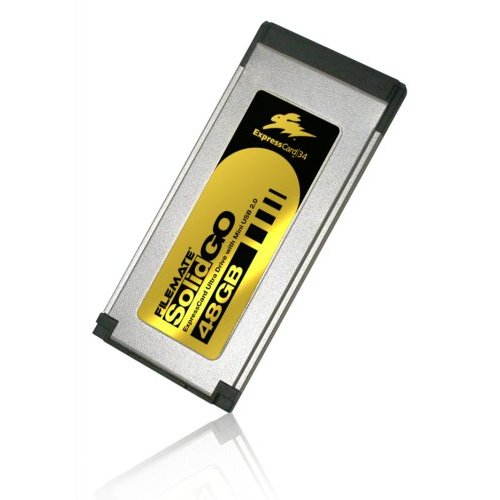Background
I bought my first Apple computer in June 2009 – I was a hardcore PC guy since the ’80s, even though my work is heavily focused on graphic design and photography. This always came as a surprise to people since creatives have historically been associated with the Apple brand – so be it, whatever. Growing up with computers and not having a ton of extra cash, I always justified my PC-partisanship with the ol’ “you get more bang for your buck” argument. However, as a youth, I spent many, many hours tinkering with my windows machines, figuring out problems 90% of the time. Since I was young and in school, I never thought to attach a dollar amount to my own time. Now that I’m a grownup, have a family and work a ton every week – I most definitely attach money to my time – and anything that saves me time saves me money. It didn’t take long to discover that, after purchasing a 17″ unibody MacBook Pro, this machine (and Apple in general), was going to save me a ton of money!
I apologize for the long-winded intro, but a little background provides context to better understand my motivation. Being frugal by nature, I’m always on the lookout for things that will improve my workflow – the more time I can save, the more billable hours I have available to the world. And if a product happens to accomplish this, and is inexpensive – I have to try it out.
What’s this little slot for?
Many MacBook Pros have a small ExpressCard/34 slot on the side; only the 17″ unibody models have it now, but I believe older MacBook Pros have them. I recently read about a Solid State Drive (SSD) that fits in the small ExpressCard slot – there’s not much use for this port, and I doubt many people even use it – but anything that does fit it can take advantage of the amazing 3Gb/sec throughput provided by the internal eSATA connection. By putting an SSD in this slot, you can easily supercharge your mac!
I won’t get into the nitty gritty details of why SSDs are so much better (see: faster) than conventional hard drives, but believe me when I say they offer many advantages over their mechanical, spinning counterparts. You can use an SSD in place of the hard drive in your MacBook Pro – but they are 3 to 4 times as expensive right now – and typically at lower capacities. So unless you’re independently wealthy or don’t mind eating ramen for a few months, you’re probably not rocking an internal SSD in your laptop.
Good, fast and cheap? You don’t say…
Last year Wintec released their Filemate 48GB ExpressCard SSD – what makes this card special is threefold. First, it’s cheap. And by cheap I mean inexpensive. I picked one up for $140, shipped (it seems to fluctuate in price by $30). Second, it’s FAST – especially its read performance – often exceeding 120MB/sec. Third, it’s bootable. 48 Gigs isn’t huge, especially compared to the MacBook Pro’s internal 500GB hard drive. But 48GB is plenty of space for the Snow Leopard operating system and a good number of applications.
The setup!
In a nutshell, you simply install Snow Leopard to the (HFS+ formatted) SSD, then use Snow Leopard’s “migration assistant” to copy over your applications and settings (it would be a pain to have to install them twice!!). When the OS is installed, restart the computer and hold down the alt/option key when the screen is black – a menu will appear prompting you to select your boot device (SSD or the internal hard drive). When you SSD boot into Snow Leopard for the first time, you’ll want to change your “home” folder (where all your documents, pictures, etc reside) to the pre-existing folder on the internal hard drive. See this excellent article for a step-by-step how-to for changing the OS X home folder location. The 48GB Filemate is not big enough for all my data, so it’s a good thing Snow Leopard makes it easy to use just one home folder location, even though you have the operating system installed in two locations – it’s ingenious, really. Click here for great step-by-step instructions describing this whole process – it really helped me out.
How fast, you say?
So now you have Snow Leopard and all your applications in two places – the internal drive and the removable SSD, and all your personal data is still on the internal drive. When booting up to the SSD for the first time, it’s insane how much faster it is than the “sluggish” 7200 RPM 500GB hard drive. I’m not a hard-core-analyst-tester-guy, but I can tell you this: booting into Snow Leopard and loading the Chrome web browser and no other applications takes about 1 minute, 24 seconds with the internal hard drive. Booting into Snow Leopard and loading Chrome, Photoshop CS4, Bridge CS4, Lightroom 2, Firefox and NetNewsWire took a whopping 34 seconds. The applications load so fast, the icons don’t even have time to “bounce” in the dock. They’re just…open. Talk about a time saver! In general there’s just a whole lot less lag. Sorting through photos is quicker, switching apps, opening and closing – it makes an already fast machine into this super-robot that sits there, tapping its robot foot, waiting for you to hurry up and do something.
Conclusion: Buy it.
So for $140, you can truly turbocharge your Mac – I can’t think of any upgrade at this pricepoint that will increase overall performance to the extent that this little SSD does. Yeah, you can get an even faster, bigger SSD to replace the internal hard drive for even more mind-blowing acceleration, but you’ll be dropping many hundreds – even thousands of dollars for speed and capacity. By getting a “cheap,” smaller SSD to complement the internal hard drive, you’re truly getting the best of both worlds. To summarize, I highly recommend the Wintec Filemate 48GB SSD.
In closing, I want to warn you to do your research with other SSDs; some don’t use the eSATA connection and will surprise you with lackluster USB-grade performance. Others, including the 64GB version of the Filemate, aren’t necessarily bootable in the MacBook Pro. So it definitely pays to google around for other people’s experiences before committing to your final purchase. Eventually all SSDs will come down in price for the rest of us hairy knuckle-draggers to buy, but until then we at least have some viable (nay, downright exciting) options. Thanks for reading, and good luck!


